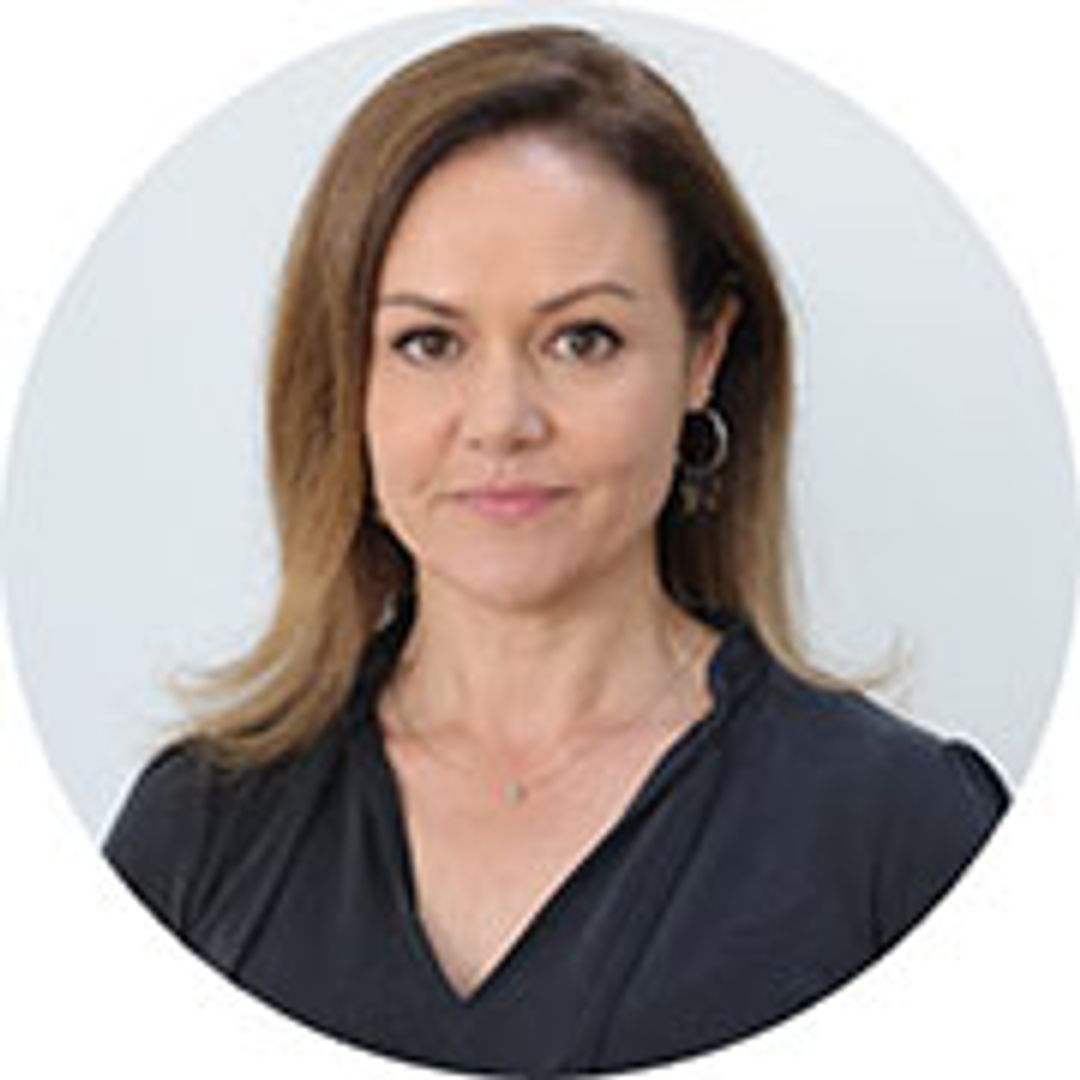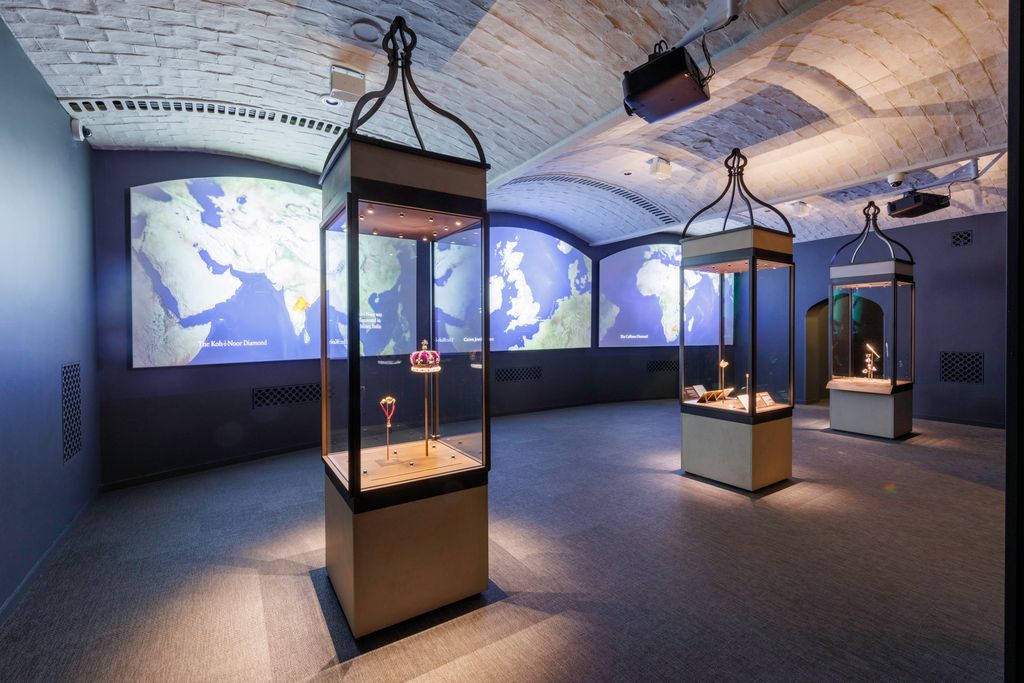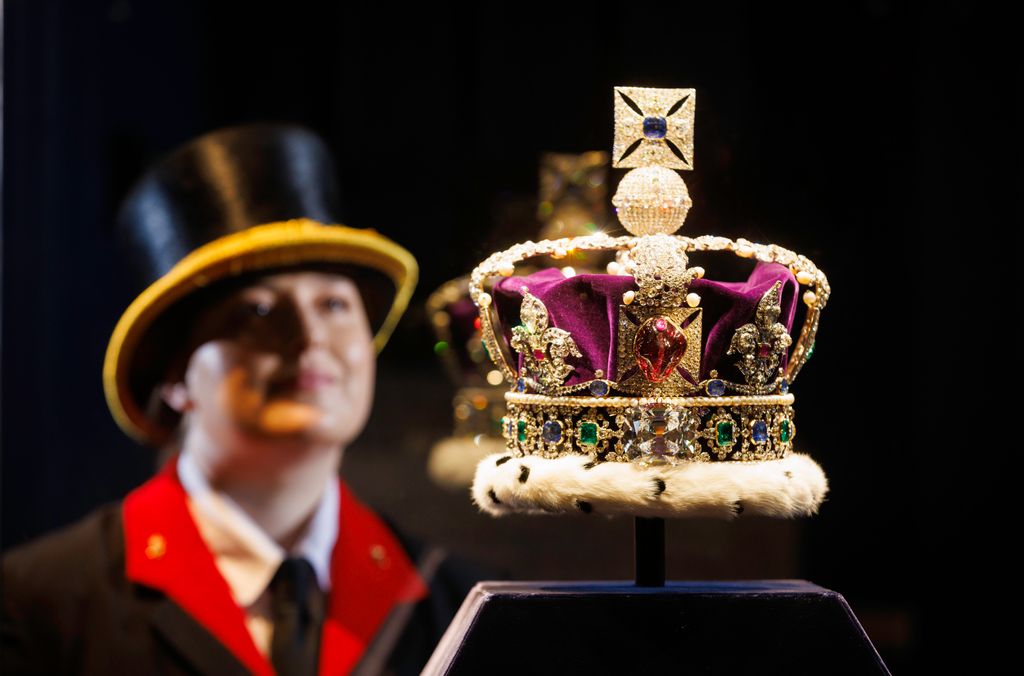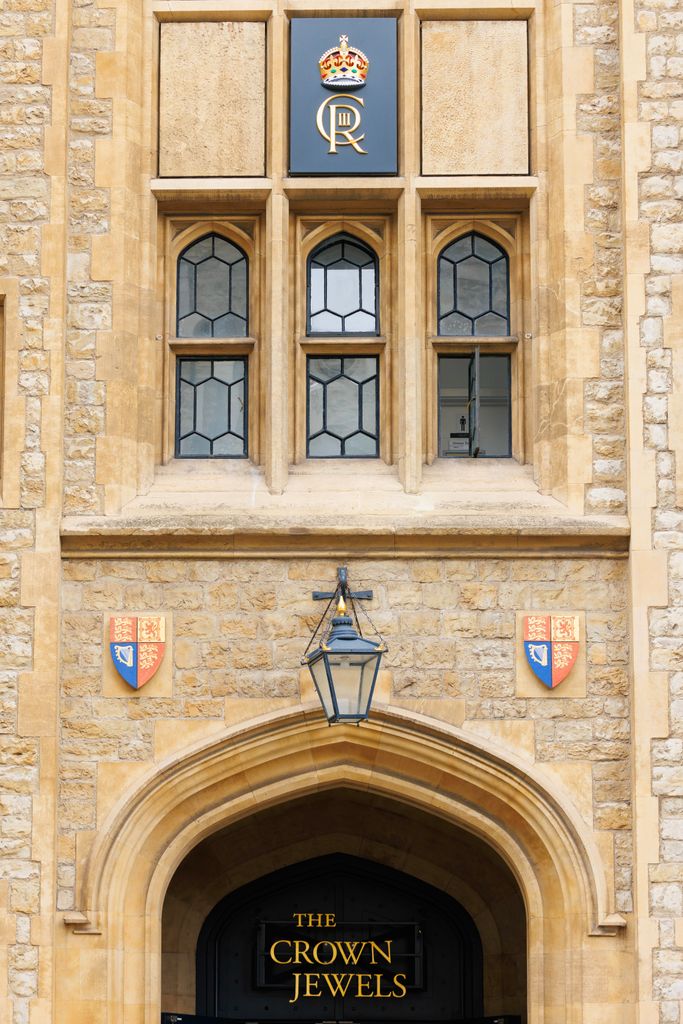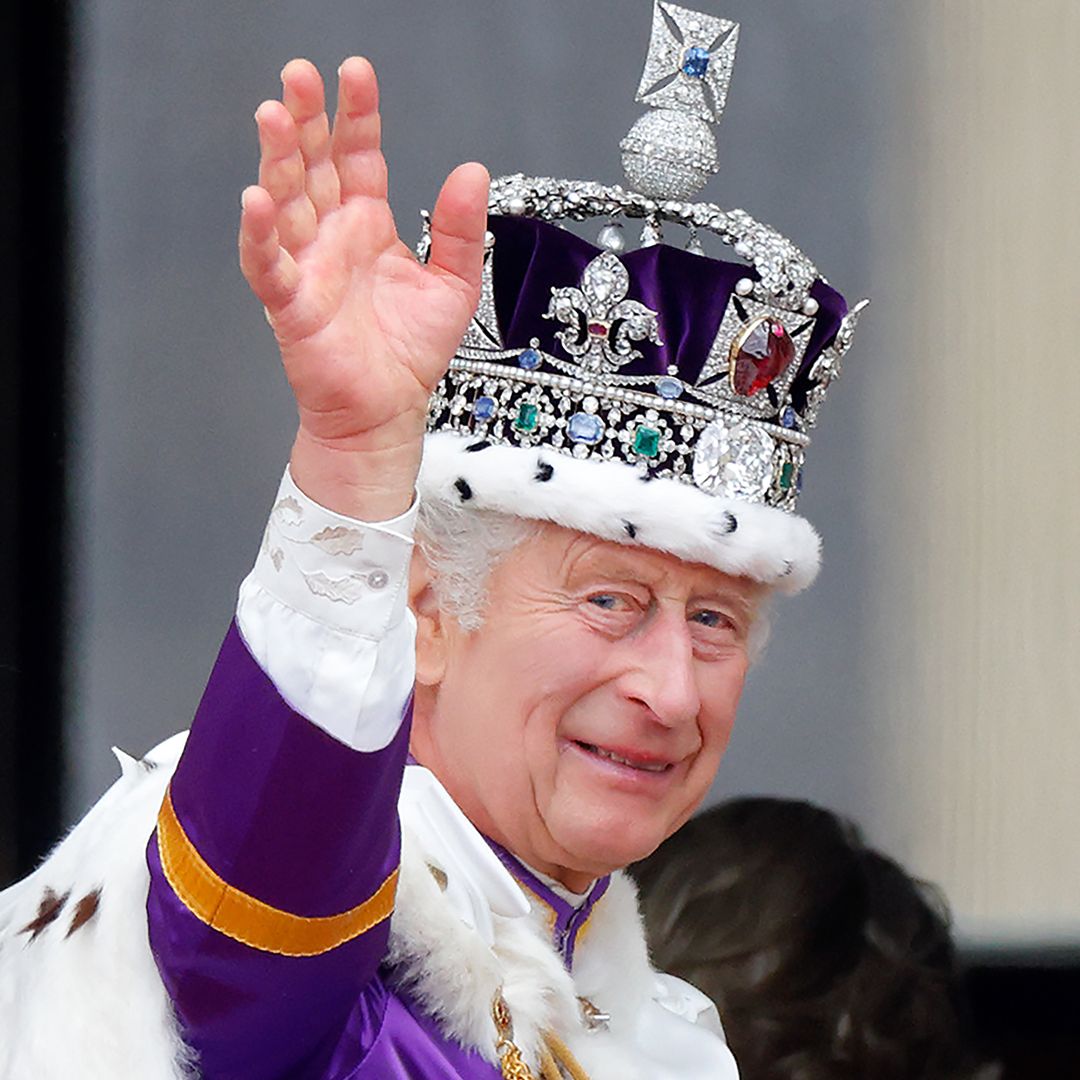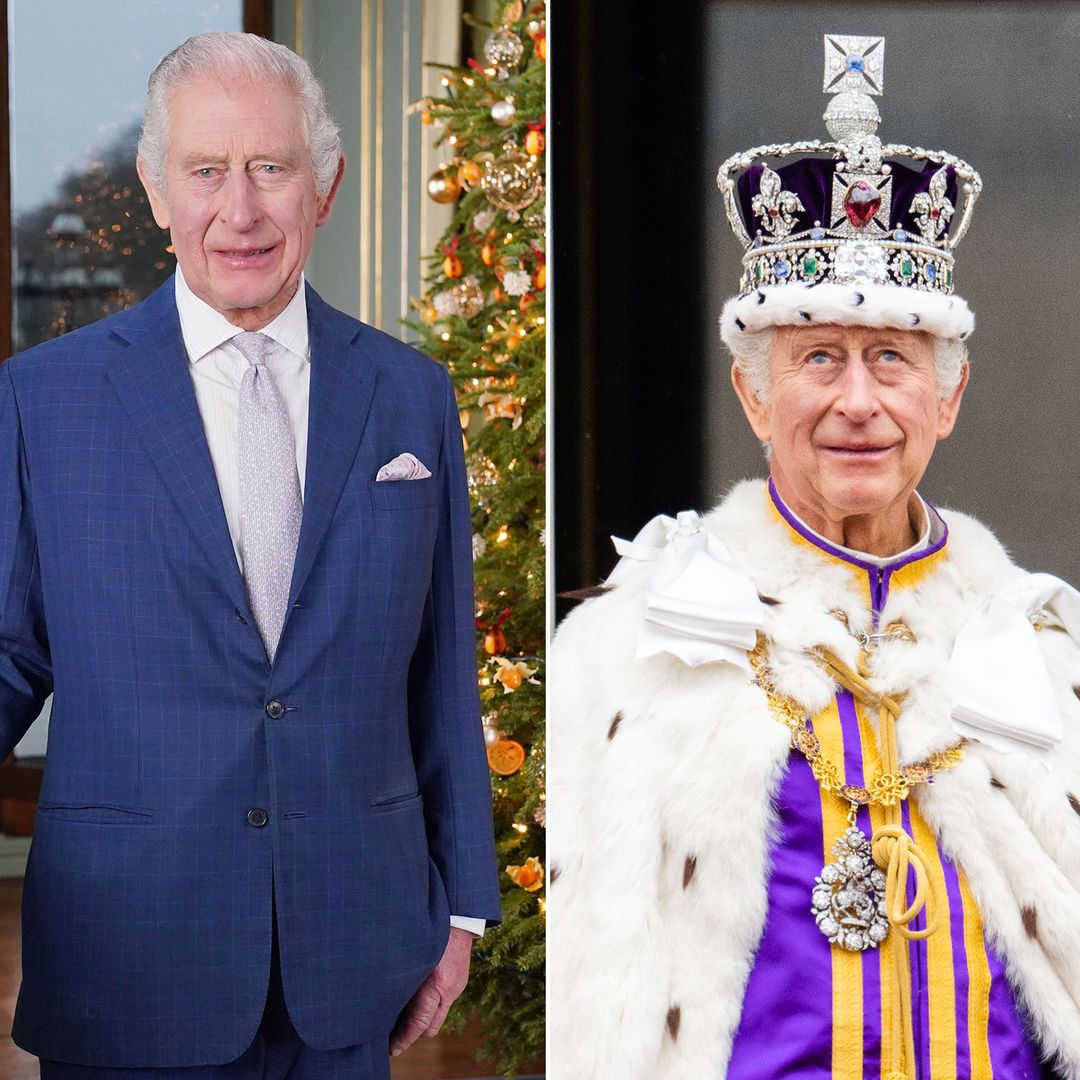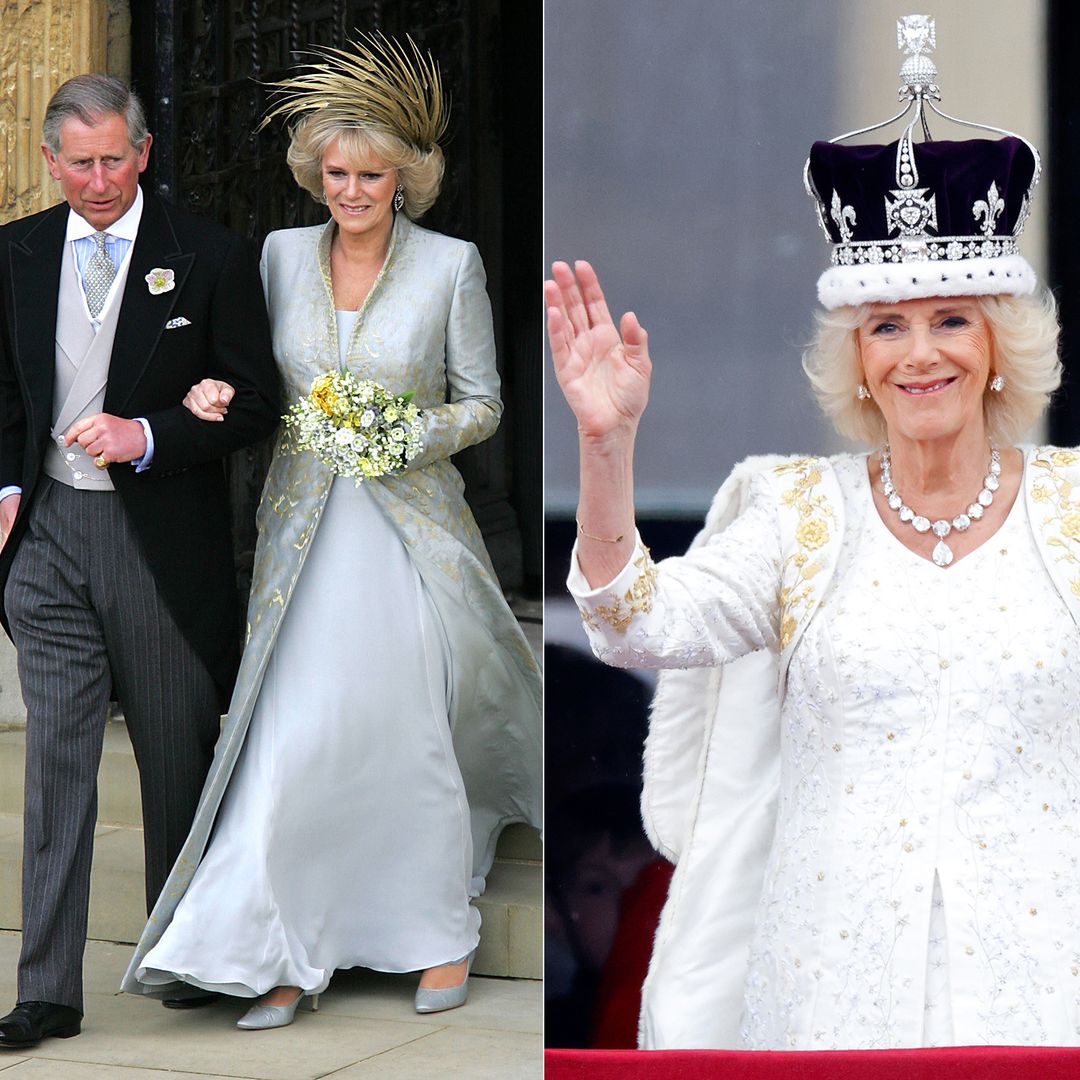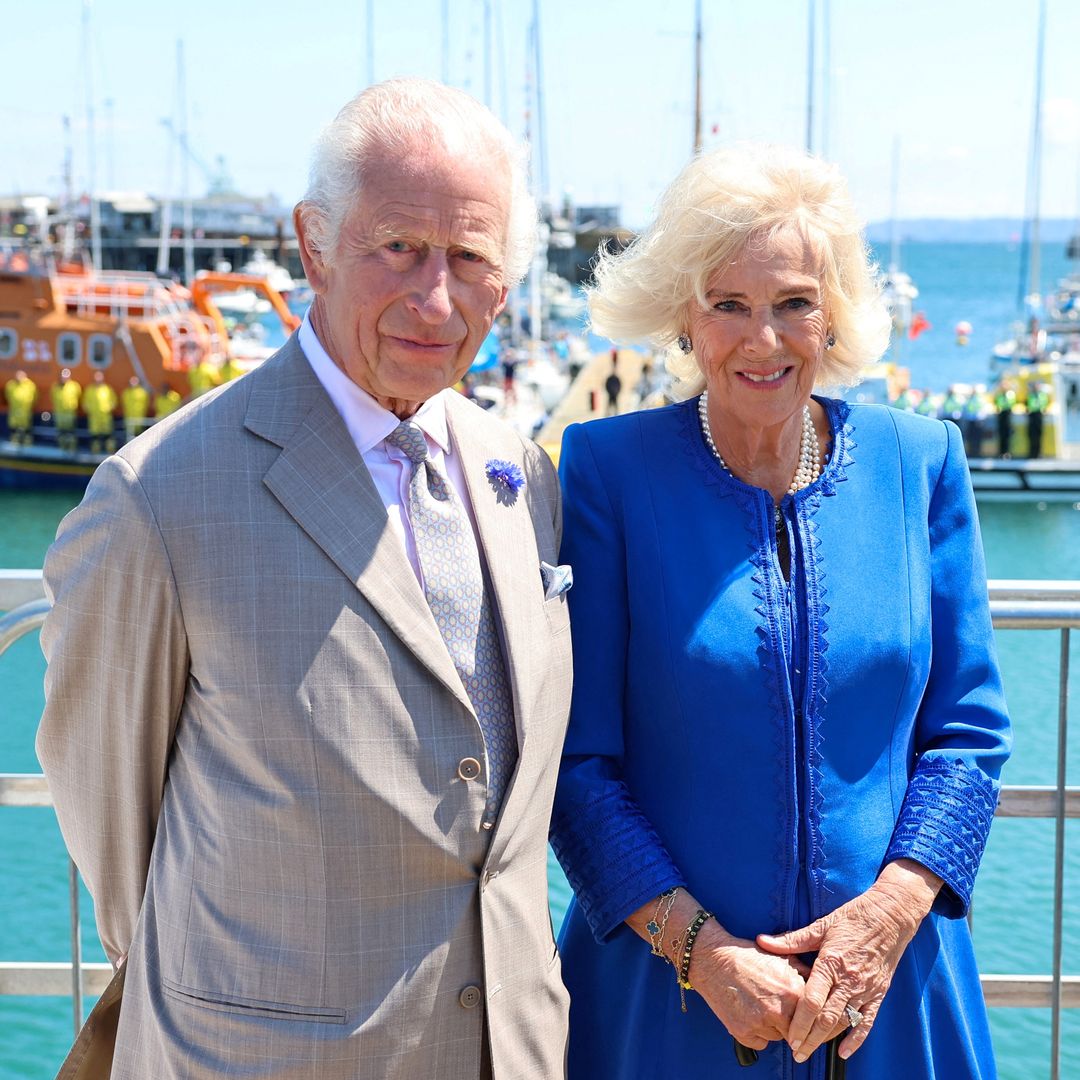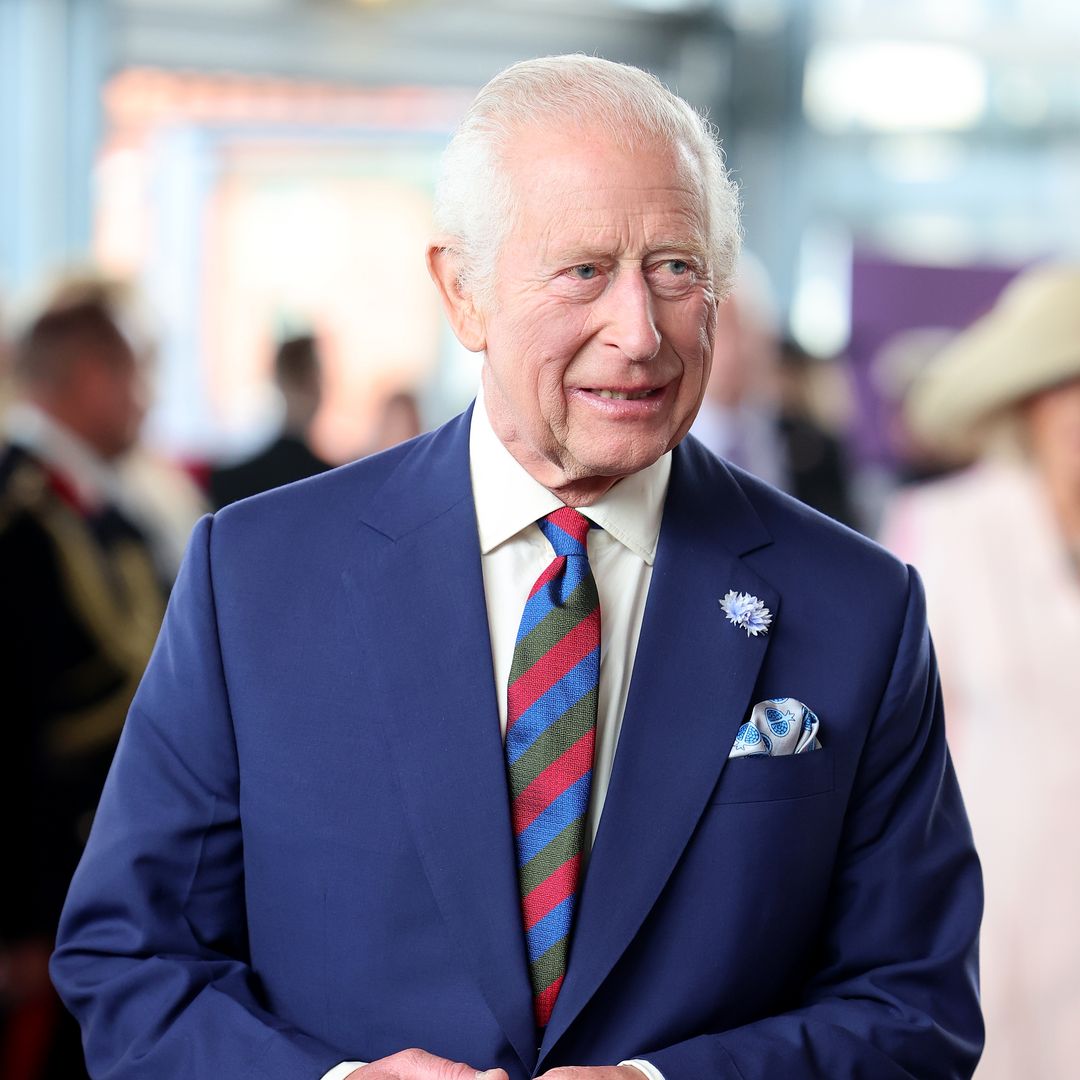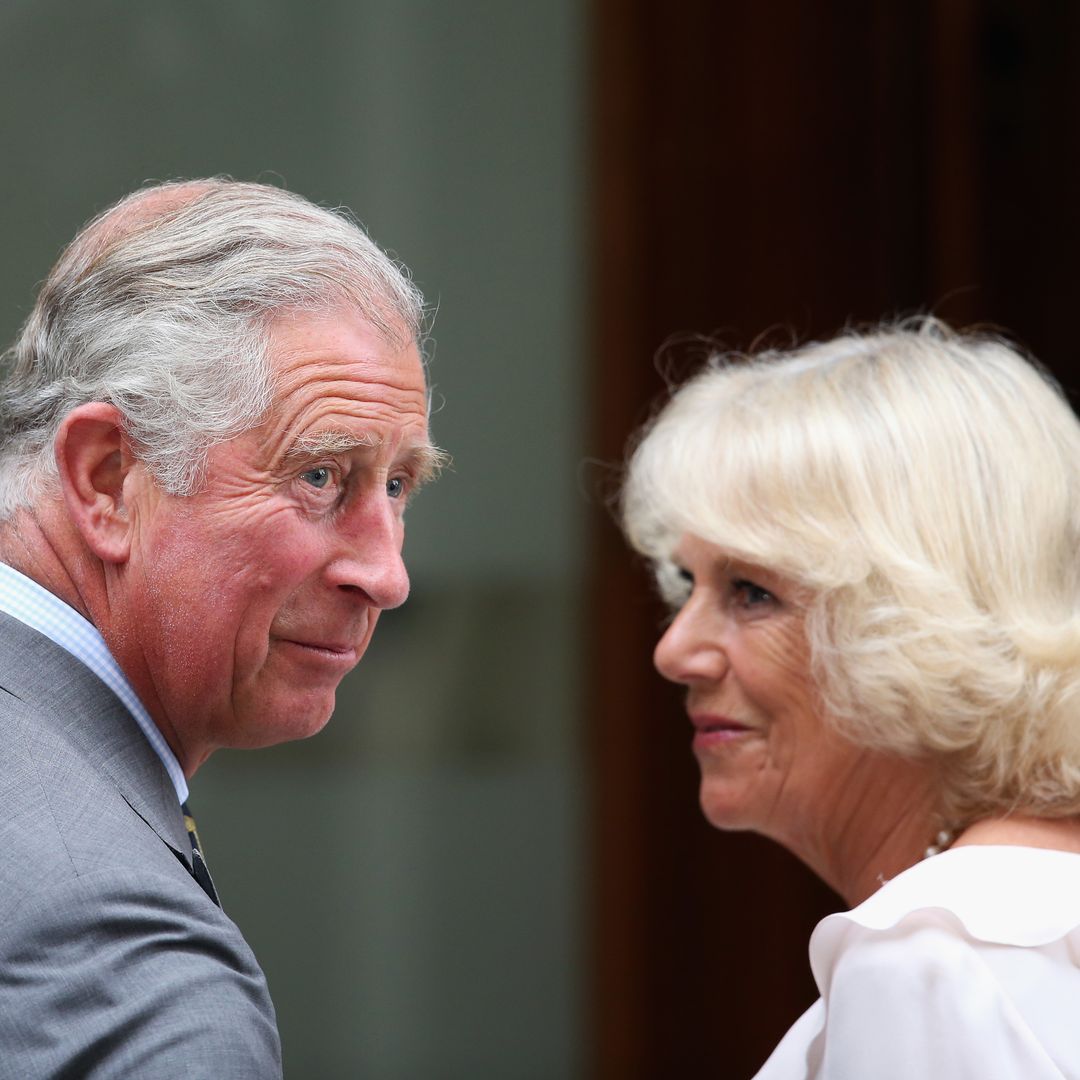They dazzled millions of viewers worldwide during the coronation of King Charles III and Queen Camilla earlier this month and now visitors to the Tower of London can see the Crown Jewels in more detail than ever before.
The glittering regalia used during the Westminster Abbey ceremony appears in all its glory, alongside new presentations detailing the history and origins of some of the most famous and controversial stones in the collection.
"It's an amazing opportunity to showcase this amazing collection at a time when it's in the public eye as it hasn't been for many, many years," Charles Farris, Public Historian for the History of the Monarchy at Historic Royal Palaces tells HELLO!
"With the first coronation in 70 years, there's a new context for a lot of people. They will recognise some of the objects from the amazing coronation ceremony."
The new display is the result of a partnership between Historic Royal Palaces, the charity that manages the Tower of London, and Garrard, the jeweller behind pieces such as the Queen Mary Crown worn by Queen Camilla on 6 May.
The dazzling crown, which was modified for the current Queen ahead of her coronation, is part of the display, along with the St Edward's Crown used to crown her husband and the Imperial State Crown, which he wore to leave the Abbey.
They appear alongside images from the ceremony and official coronation portraits in the Jewel House's Treasury, where items used at the service appear in the order they were used.
Along with the Ampulla and Coronation Spoon, which were used to anoint the King and Queen, the gleaming altar plates, rings, sceptres and orb can be seen.
In another room, exploring the history of coronation processions, two of the maces carried in the King's coronation are on display, along with the Sword of State – famously carried by Penny Mordaunt and other swords used in the ceremony.
There are also items from the Royal Ceremonial Dress Collection, including a court suit worn at the Coronation of George IV, a herald’s tabard worn at the 1937 coronation, and state trumpets complete with banners and a picture of John Blanke, a black musician in the Tudor court who performed at Henry VIII’s coronation.
Meanwhile video on big screens shows footage from four coronation processions past, all the way back to Edwards VII, George V, George VI and Queen Elizabeth II, with footage from the May coronation set to join the display.
Elsewhere the exhibition explains the tradition of adapting and updating crowns with new jewels over the centuries, showing the state crown frames made for George I, George IV, and Queen Victoria.
In the new Origins Room, videos and labels explain how the Koh-i-Noor, a 105.6 carat diamond, was a symbol of conquest throughout history as it was owned by Mughal Emperors, Shahs of Iran, Emirs of Afghanistan and Sikh Maharajas before the 1849 Treaty of Lahore compelled ten-year-old Maharaja Duleep Singh to surrender it to Queen Victoria, along with control of the Punjab.
The enamelled armlet in which it was given to Victoria in 1850 is on display, along with Queen Alexandra’s Crown, which it was first set in in 1902.
The actual stone is on display in the Crown of Queen Elizabeth The Queen Mother, which was not worn at the most recent coronation but can be seen in the Treasury.
Meanwhile the story of the Cullinan Diamond, which at 3106 carats is the largest ever found, is told through video, maps, words and pictures and with the hammer and knife used to make the first cuts to it after it was presented to King Edward VII by the Transvaal government in South Africa following the devastating South African War.
The largest stone cut from it, the Cullinan I, is the biggest colourless cut diamond in the world and can be admired in the Sovereign’s Sceptre with Cross, which was held by King Charles III during his coronation on May 6.
Visitors will also learn how the Crown Jewels were destroyed during the English Civil War but later recreated for the coronation of King Charles II in 1661.
A crucible used for melting down the precious metals is on display alongside a Gold Commonwealth Unite from 1649 – a coin thought to have been made from the destroyed items.
The new space has been created after a 2019 visitor evaluation found people wanted to learn more about the provenance of some items in the collection.
Historic Royal Palaces, which is the charity that manages the Tower of London and five other sites, consulted academics and historians while working on the display.
"We really aim to be as concise and open as possible to tell what is of course, an incredibly complex story," Charles tells HELLO! "It’s trying to unpack that for visitors."
The stories are told briefly and simply to help with the flow of visitors moving through the exhibition, which can amount to some two million people annually.
Labels in braille and tactile moulds of many of the items of regalia are also on display to help visually impaired visitors appreciate the size and shape of the jewels.
Charles says: "With 2023 witnessing the first coronation in 70 years, there has never been a better time for people to come and learn about the jewels and to appreciate these awe-inspiring objects in person."
For more information visit: www.hrp.org.uk
LISTEN: Royal editor Emily Nash on the coronation ceremony moment that took her by surprise

